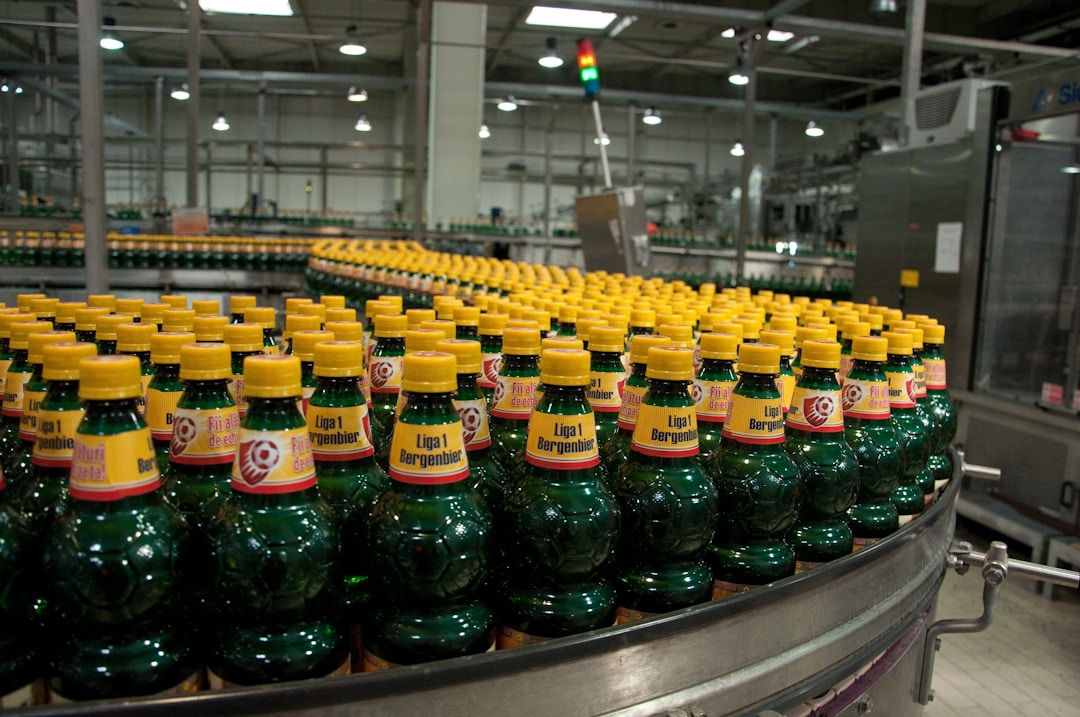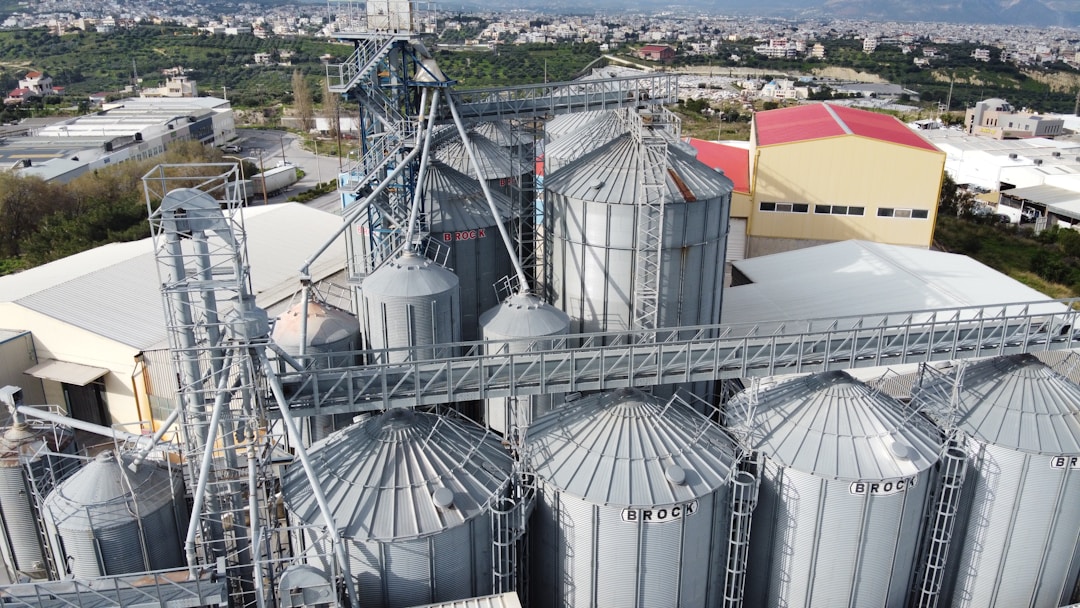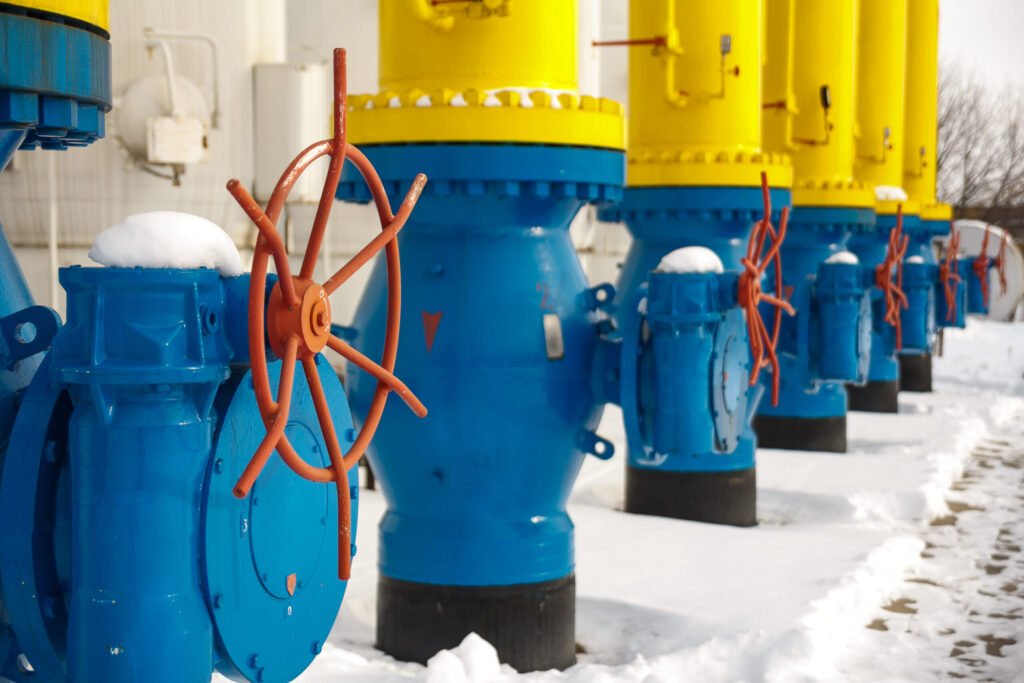What Is a Reciprocating Compressor?
A reciprocating compressor is an essential piece of equipment in various industries, known for its ability to compress gases through the reciprocating motion of a piston within a cylinder. This machinery is well-regarded for its durability, efficiency, and capability to produce high pressures, making it suitable for a broad range of applications. Understanding the mechanics of these compressors is crucial for anyone involved in industries where gas compression is a daily task. By grasping the basics of its operations, one can appreciate the complexities and the engineering marvel behind reciprocating compressors. In this article, we’ll dive deep into the workings, applications, and maintenance of reciprocating compressor technology.
Understanding the Mechanics of a Reciprocating Compressor
The core of a compressor is its piston, which moves back and forth within a cylinder. As the piston moves downwards, it creates a vacuum that allows a mixture of gas and air to enter the cylinder through an intake valve. During the upward stroke, this mixture is compressed as the space within the cylinder diminishes, and once it reaches sufficient pressure, the discharge valve opens, and the compressed gas is expelled, ready for use.
The operation of a compressor is frequently compared to the internal combustion engine in an automobile. Both utilize a crankshaft, connecting rods, and a cylinder with a piston to transform a circular motion into a linear one, and vice versa. The compressor’s driving mechanism can be powered by electric motors, steam turbines, or internal combustion engines, employing either single-stage or multi-stage compression to achieve the desired pressure levels.
To fully understand what is a reciprocating compressor, one must also be knowledgeable about its components. These include lubrication systems, cooling systems, and valves, all of which contribute to the effective operation of the compressor and require regular maintenance to ensure longevity and reliability.
Key Applications and Industries for Reciprocating Compressors

Reciprocating compressors are employed in a myriad of applications where high-pressure gas is necessary. One common use is in the refrigeration industry, powering systems in supermarkets and industrial freezing units by compressing refrigerant gases.
Apart from these, the medical industry relies on these compressors for oxygen delivery systems in hospitals, and they’re an essential part of gas pipelines and storage facilities where they maintain pressure and flow. Scuba diving operations use reciprocating compressors to fill air tanks with high-pressure clean breathing air, highlighting their versatility in providing compressed air for various purposes.
The automotive industry also utilizes reciprocating compressors in the manufacturing process. For instance, pneumatic tools that operate using compressed air, like impact wrenches, are powered through these compressors. This traces back to their reliability and capacity to produce consistent air pressures, a necessity for precision work.
Maintenance Best Practices for Compressors

Proper maintenance is paramount to the longevity and reliable operation of a reciprocating compressor. Due to their moving parts, a strict schedule of inspections and servicing can prevent operational failures. Regular oil changes, for instance, are critical, as they lubricate the moving parts and reduce friction and wear.
Monitoring for leaks in valves and seals is another essential practice, as these can lead to a loss of pressure and efficiency. Changing air filters regularly also ensures the air entering the compressor is clean, which minimizes the risk of internal contamination and damage to the machine’s intricate components.
Moreover, keeping the compressor and its surrounding environment clean can prevent overheating and minimize the risk of unscheduled downtime. Routine checks of the cooling system, which may include fans or intercoolers, help maintain the proper operating temperature and efficiency of the compressor.
Lastly, recording the operational parameters such as pressure, temperature, and vibration levels can help identify any irregularities quickly. A proactive approach to maintenance means addressing issues before they escalate into costly repairs or result in operational downtime.
Altogether, the reciprocating compressor remains a versatile and vital component within numerous sectors and is set to continue its evolution with both technological advancements and a growing focus on sustainability. Whether for large-scale industrial applications or precise operational tasks, its importance cannot be overstated, and its presence is assured well into the future.





